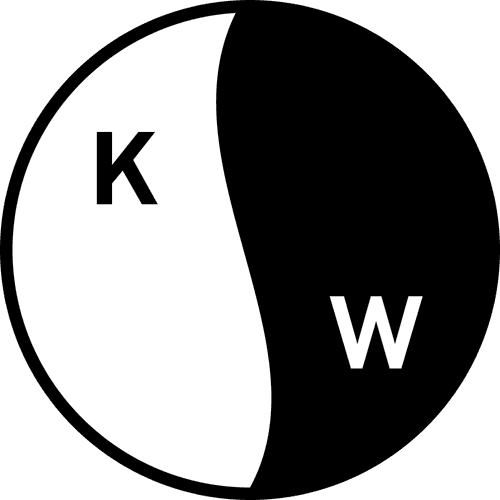
ROLE
UX Designer
TOOLS
Figma, Miro
TIMELINE
August 2021 -
December 2021
CONTEXT
New moms face a tedious challenge when trying to track the expiration of expressed breast milk. The current manual tracking process is time-consuming and requires them to juggle multiple time limits depending on various factors. After conducting extensive research, the client proposed a solution: a smart baby bottle timer device that notifies parents when milk has expired. This would help parents to:
Minimize milk waste, saving both the product and money.
Ensure milk safety for bottle-feeding.
Gain peace of mind by simplifying milk management.
As one designer on a team of five, I was responsible for:
Information architecture, ensuring a clear and intuitive structure for users to navigate the app.
Designing the onboarding flow, guiding new users through the setup of the app and the Minder device.
Creating wireframes and high-fidelity screens to visualize and prototype the app experience.
Developing interactive prototypes that were used for usability testing.
Working closely with the client, Veon Brewster, and a cross-functional team, we aimed to bring this innovative idea to life by designing an app that simplifies milk tracking for new mothers.
CHALLENGE
Simplifying Complex Processes for New Mothers
How might we design a correlating mobile app experience that will seamlessly work with the proposed smart bottle device?
Minder (now known as Veba) envisioned a smart bottle device that alerts parents or caregivers when breast milk or formula expires. This device required a connected app to create a seamless user experience.
SOLUTION
Turning Complexity into Simplicity
Design a mobile app that assists new mothers in tracking the freshness of their babies' milk.
The client came to our team to help bring her vision to life through designing the mobile app to pair with the Minder device so she can continue to test and iterate. The major constraint of this application was that it needed to pair seamlessly with the physical device.
PROCESS
Research & Discovery
The client, a UX researcher by profession, conducted thorough user research to understand the needs, preferences, and pain points of new mothers. Using methods like interviews and surveys, she gathered valuable insights into how moms currently track milk expiration and what features they would find most useful in a connected app.
Key Research Findings:
Moms were frustrated with the mental load required to track milk expiration.
Safety concerns about using expired milk were a top priority.
Ease of use and efficiency were the primary expectations for any proposed solution.

PROCESS
Ideation
Our team of five designers, including myself, participated in brainstorming sessions where we sketched multiple ideas for the app. The sketches were categorized into key areas:
Onboarding process – guiding users through setting up the app and device.
Timer interface – displaying remaining milk freshness.
Timer setup – setting expiration time based on milk storage conditions.
Navigation – ensuring seamless movement between different app features.
These ideas were presented to the client, where we discussed their feasibility and alignment with user needs.

PROCESS
Wireframing
Using Figma, we translated our sketches into mid-fidelity wireframes for four key user flows:
Setting/resetting a Minder device.
Setting reminders for pumping sessions.
Adding a new Minder device to the app.
Onboarding and initial setup of the app.
We maintained a design system to ensure consistency throughout the wireframes, and conducted regular check-ins with the client to refine the flows based on feedback.

PROCESS
Prototyping
Once the wireframes were validated, I moved on to high-fidelity screens for the onboarding flow in particular, creating an interactive prototype to bring the user experience to fruition. These screens focused on delivering a polished, intuitive user interface that would make milk tracking simple and efficient.

PROCESS
Usability Testing
With a high-fidelity prototype in place, we conducted usability testing to validate the ease of use and functionality. Test participants were asked to complete the following tasks:
Set up their first Minder device.
Edit a device setup if an error was made.
Add a reminder for a pumping session.
Test Results:
Navigation challenges: 66% of users struggled with understanding certain terms during onboarding, leading to hesitation.
Content clarity: Some users found the language on the screens unclear, causing confusion during setup.
While the app's functionality met the stakeholder's expectations, the usability tests revealed the need for more intuitive content design and clearer terminology.
RESULTS & NEXT STEPS
Bridging Research and Design
Stakeholder Satisfaction: The client was pleased with how we integrated the research insights into the design. Despite some initial confusion around content, the overall experience met her high expectations.
Name Change: Based on user feedback, the product name was changed from Milk Minder to Minder, making it more inclusive of formula and broader audiences.
Next Steps: Our plan is to conduct additional usability tests, focusing on content clarity and ease of navigation. We also plan to run A/B tests to determine which iterations of certain screens resonate better with users.
REFLECT
Lessons Learned
Content Design Matters: Improving the clarity and intuitiveness of language can significantly impact the user's experience and confidence in using the app.
The Challenge of Designing for IoT: Designing a mobile app tied to a physical device requires careful consideration of how the two will interact. Our team had to rely heavily on imagination during the design process as we didn’t have access to the physical device until later stages.
Cross-Disciplinary Collaboration: Having an engineering perspective early on would have helped address some of the complexities of integrating an IoT device with a mobile app, potentially speeding up development and refining the interaction between the app and the device.






